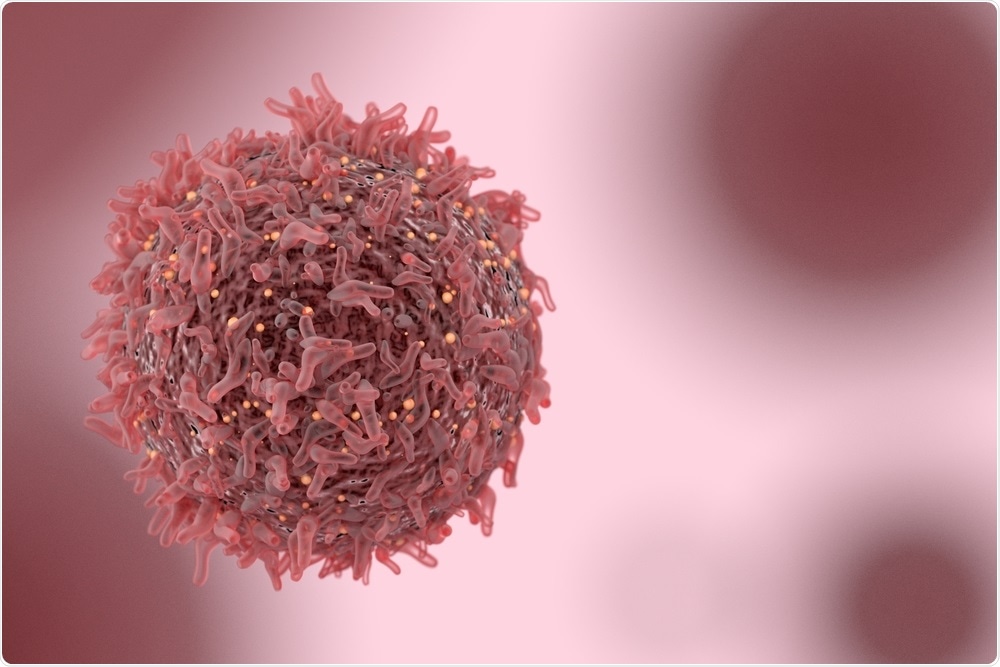Despite intensive research effort, the process of metastasis, which allows carcinoma cells to leave the tumor of origin, to migrate and to grow tumors within other organs, is still the leading cause of mortality for cancer patients.
It is acknowledged that the acquisition of migrating capacities by cancer cells relies on a process called Epithelial to Mesenchymal Transition (EMT). During this process, cancer cells lose their ability to attach to other cells, become independent cells and gain abilities to migrate, thus switching from an epithelial state to a so-called mesenchymal state.

Image Credit: CI Photos/Shutterstock.com
However, this process seems to rarely complete, as many cancer cells maintain properties of both epithelial and mesenchymal cells. These hybrid cells may be the most dangerous ones, as they appear to survive treatments with chemotherapeutic drugs and to cause new tumors. A very large number of molecules or signals inside the cell has been shown to control this process.
In addition, cells in the neighborhood of tumor cells, as well as the web of proteins on which cells are seated, called the extracellular matrix, send a multitude of signals to tumor cells to cause or prevent the EMT process.
Yet it remains to be uncovered which of these molecular signals should be targeted to alt metastasis, to kill hybrid cancer cells and to prevent the formation of new tumors.
The large number of signals involved in metastasis is now far beyond the capability of any researcher to be integrated in order to predict how a cell will behave.
The Study
To get around this problem, the research's groups lead by Claudine Chaouiya and Florence Janody at Instituto Gulbenkian de Ciências (IGC) and Instituto de Investigação e Inovação em Saúde (i3S) have built a virtual computational cell, with numerous molecules interacting with each other.
This virtual cell can become an epithelial, mesenchymal or hybrid cancer cell. It is also under the influence of many signals coming from outside the cell. According to Claudine Chaouiya "computational models permit to perform virtual experiments that are cheaper and faster than experiments with alive cells, to test hypotheses and to make predictions".
Predictions given by the virtual cell were tested using alive human and canine cells. Among these predictions, Chaouiya and Janody research teams confirmed that hybrid cancer cells expressing the oncogene Src become mesenchymal if they are seated on a more rigid extracellular matrix.
They have also discovered that, as predicted by the virtual cell, mesenchymal cancer cells expressing the oncogene Src become hybrid cancer cells when they contain the RPTP-kappa molecule, which connects cells to each other. Florence Janody explains that "experiments combining virtual and alive cells allowed us very efficiently to propose new ways by which we could prevent metastasis and the formation of new tumors".
This study demonstrates that collaborative efforts between mathematicians and biologists bring up a very powerful plan of attack to explain the behavior of cancer cells. This work has permitted to discover molecules and signals in the cell environment, which instruct cancer cells to migrate and invade the body.
These signals could be used as targets for developing therapeutic strategies against cancer cells with these behaviors.